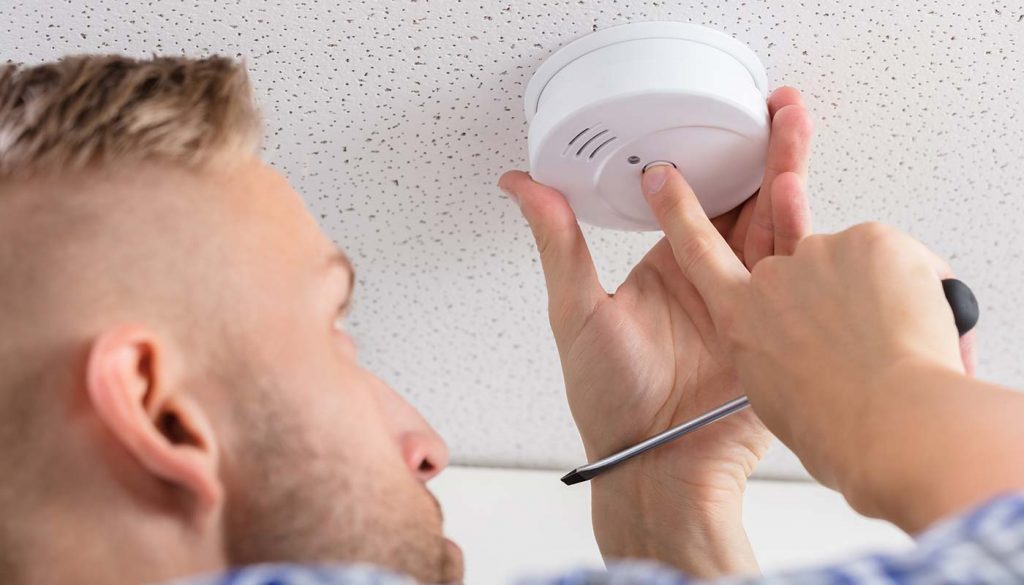Fire alarms are one-way businesses and organizations can be protected from the outbreak of fire 24 hours a day, seven days a week. The earliest possible detection of the fire ensures the minimization of future damage that may be caused as much as possible. It is important not to take lightly the option of a fire alarm (that is connected to the hotline of an external company) or key people in the organization. Such a fire alarm works by fire alarm monitoring, by remote control, the relevant bodies or persons.

Fire alarm
Similar to the alarms created by the alarm system that warns of a break-in, a fire alarm must also be verified before the fire-fighting vehicles leave the scene. Some countries have even taken the matter one step further, charging businesses and homeowners heavy fines when it comes to a large number of false alarms. Therefore, most often, a fire alarm system will be backed up by an additional means of control (such as internal control cameras that monitor the entire complex, for example), so that false alarms are reduced to the minimum possible.
Similar to the alarms created by the alarm system that warns of a break-in, a fire alarm must also be verified before the fire-fighting vehicles leave the scene. Some countries have even taken the matter one step further, charging businesses and homeowners heavy fines when it comes to a large number of false alarms. Therefore, most often, a fire alarm system will be backed up by an additional means of control (such as internal control security cameras that monitor the entire complex, for example), so that false alarms are reduced to the minimum possible.
Integration of fire alarm systems
A fire alarm system alone cannot provide a complete solution to a fire raging in a residential building or business. To provide a quick and life-saving response, it is imperative to combine the fire alarm with several perimeter systems to prevent the spread of fire, smoke removal, power disconnection, other sensitive systems, and more.
Taking elevators down to the first floor
A very common mistake of people trapped in a burning building is the use of an elevator to try to escape from the inferno. The use of an elevator during a fire endangers human life and may end in unnecessary and extremely cruel death. To prevent the use of the elevator and to prevent the fall of an elevator from a great height that could cause great damage to property and the body, the fire alarm system can be connected to a system that instructs the elevator to go down to the lowest floor and open its doors. Thus, even if the fire reaches the elevator shaft, there is no danger of the elevator falling and loss of human life.
Fire alarm – a disconnection of sensitive systems
The electrical and air conditioning systems can contribute to the spread of fire and therefore must be disconnected shortly after the fire alarm system is activated. The air conditioning system may contribute to the spread of fire and smoke by adding oxygen to flaming rooms, or by transferring smoke from room to room through the air conditioning ducts. To prevent this, we install automated systems for disconnecting air conditioning systems and lifting special fire racks that prevent the passage of fire and smoke between air conditioning ducts.

The electrical system can cause fire outbreaks in new locations thanks to the short circuits resulting from exposure to water, which are avoided by quickly disconnecting the electrical system before turning on sprinklers or the arrival of firefighters.
Planning to connect to a fire alarm system?
Like everything in a business or organization, it is not worthwhile to do it on a specific basis, but only as part of a comprehensive smoke and fire extinguishing solution.
